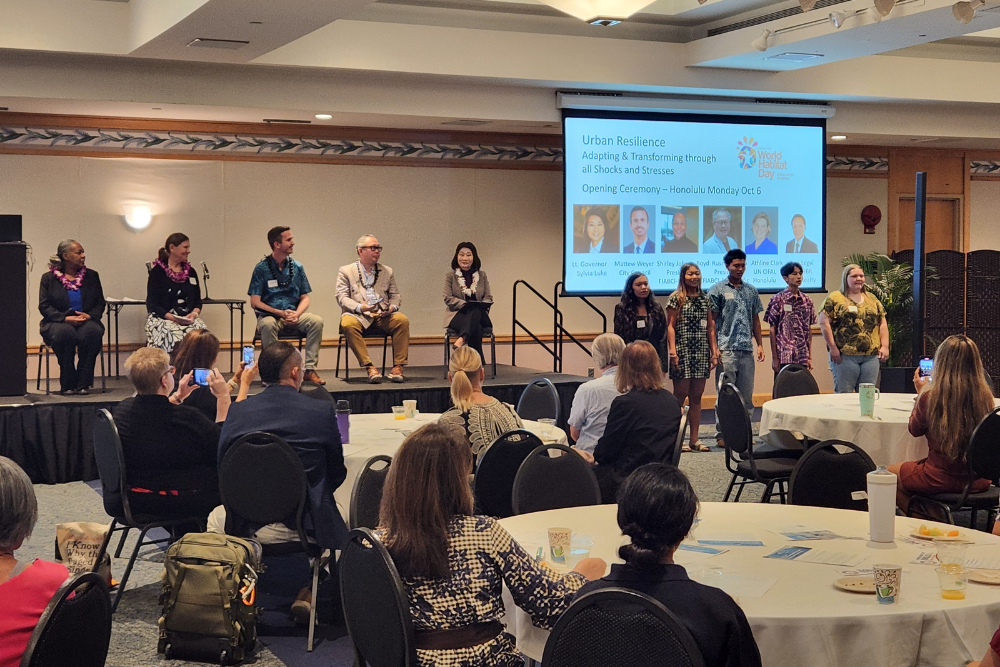

Measuring location risk for commercial portfolio management strategies
Habidatum’s Location Risk Score (LRS) data feed helps to harness the power of the hard to quantify local market factors surrounding assets and asset valuation. LRS paired with property’s financials can both highlight assets with high revenue and strong location score as well as “undervalued” properties. Asset managers may efficiently adjust portfolio holdings in order to deliver on KPIs such as portfolio value increase or target cap rate.
The data feed is a composite of human mobility data, business volume, and business diversity; with numerous submetrics based on location accessibility to other locations, the LRS is adaptable to the complexities of geographically dispersed, multi-asset class portfolios. With granular location data and accessibility isochrones involved, LRS allows taking both the assets’ localities (closest proximity) and local markets (catchment areas) into account.
Monitoring the local market
Property owners have no ownership of “location”, meanwhile location highly influences property value.
By scoring locations portfolio managers can measure and monitor the local market – the score is a proxy for liquidity risk. LRS is a data standard, leveraging clusterization, accessibility isochrones, and dynamic ranking methods in order to transform location into a financial benchmark. Underlying data consists of proprietary human mobility data from GPS devices, business volume, and business diversity.
Full analysis here.
This analysis is part of a series of publications resulting from FIABCI's partnership with Habidatum.
About Habidatum
Habidatum is a software and data analytics company, assisting policymakers and businesses in understanding the hyper-dynamic urban environment through advanced analytics of diverse data sources driven by machine learning and interactive visualization.
Habidatum operates as a gateway between the professional communities that require data-driven insights and data carriers.
The company was founded in 2014 by a collaboration between professional urban planners and digital designers. Since 2014, the company has worked in more than 20 cities globally including London, New York, Moscow, Dubai, Singapore, Pune, Denver, and Miami.






















































































































































































































































































































































![[Webinar Summary] COVID-19: What lies ahead for the Real Estate Industry?](/uploads/news/9i1w05plq2ksbcswuyj5ze2nr.png)































































































